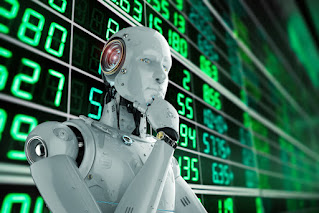AI and Reinforcement Learning: How Machine Learning is Being Used to Teach Computers to Learn from Experience
Machine Learning (ML) is a type of Artificial Intelligence (AI) that allows systems to learn and improve from data without being explicitly programmed. One of the most exciting areas of ML is in teaching computers to learn from experience, also known as reinforcement learning. This technology has many practical applications, including robotics, gaming, and decision-making, among others. The Role of Machine Learning in Teaching Computers to Learn from Experience The ability to teach computers to learn from experience is a crucial aspect of reinforcement learning. Machine Learning algorithms are used to analyze and interpret data, providing a means for computers to learn and make decisions based on their experiences. One of the most significant ways in which Machine Learning is used in reinforcement learning is through the use of deep reinforcement learning (DRL) algorithms. These algorithms are trained using large amounts of data and trial-and-error experiences, providing a means to lea

